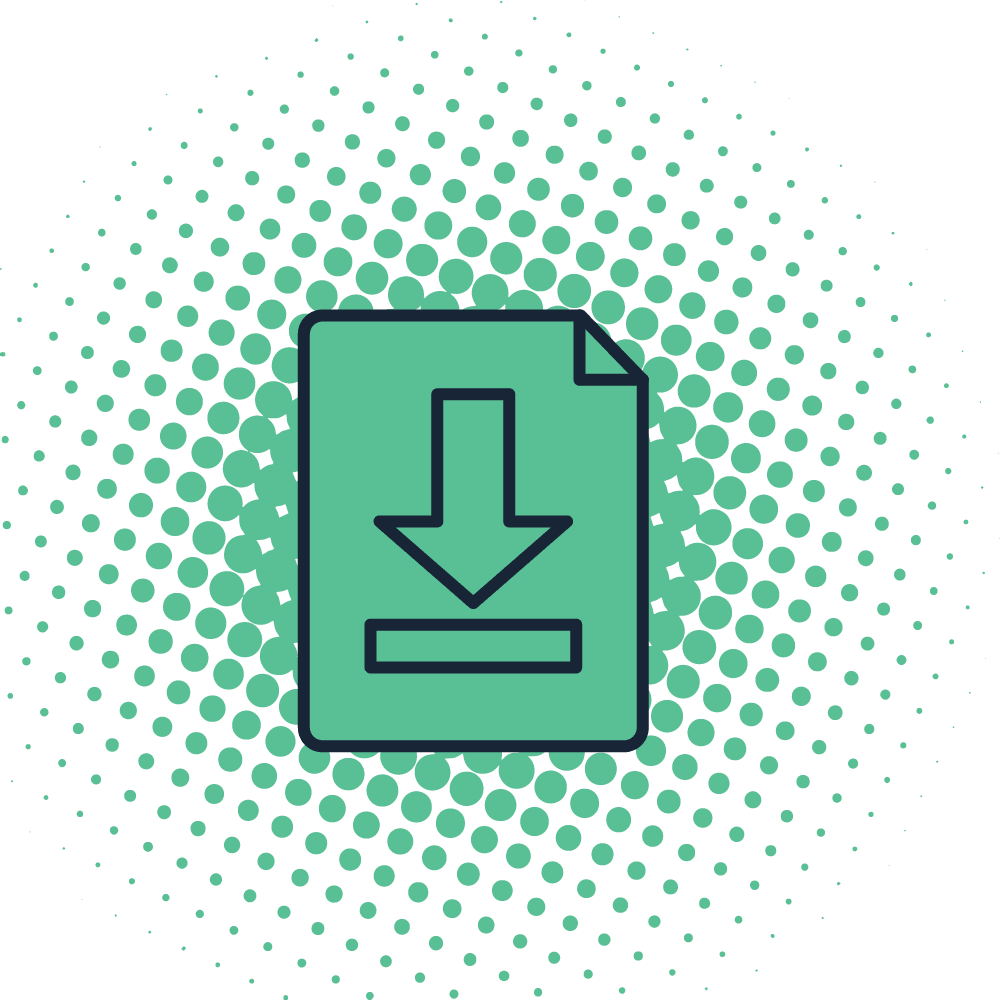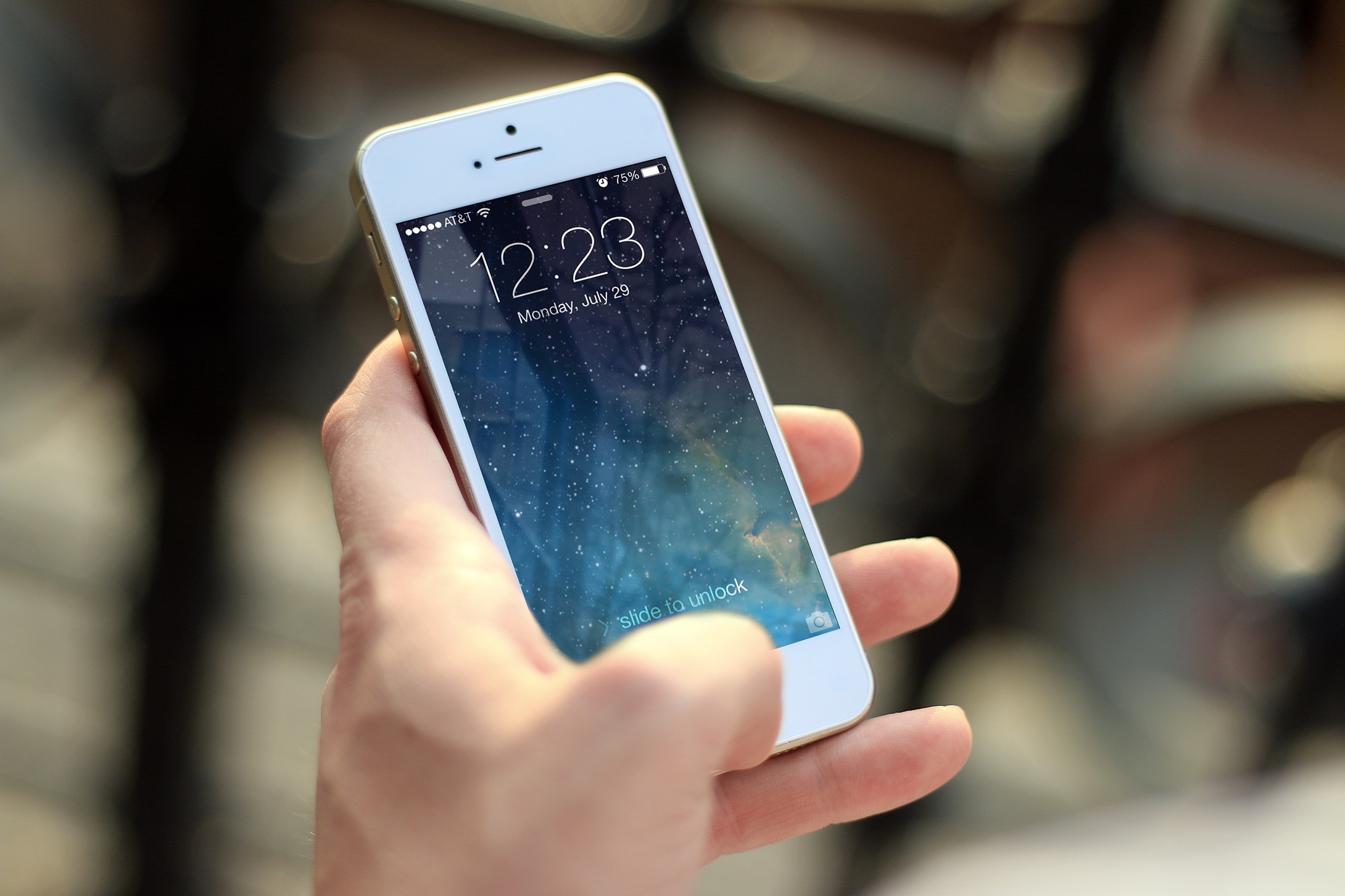Although many practices rely on real-time phone communication, the world is making a shift from communication via voice to communication via messaging. And we have good news. Secure Chat, our latest product, is here!
“Imagine if you could set aside time during the day to process all of your prescription refills at once, rather than scattering them throughout the day…”
Text messaging has grown exponentially in popularity (and preferred communication method) over the past decade. Here’s several interesting statistics:
- People worldwide will send 8.3 trillion text messages in just this year alone. That’s almost 23 billion messages per day, or almost 16 million messages per minute. (Portio Research)
- Over 80% of American adults text, making it the most common cell phone activity. (Pew Internet)
- 55% of heavy text message users (50+ texts per day) say they would prefer to receive a text over a phone call (Pew Research Center)
Those are some impressive statistics about text messaging, however it isn’t the only way people and patients send messages. The popular messaging app, WhatsApp, has a total of over one billion users and sends 42 billion messages every day. That is just one smartphone app, and there are dozens of other popular messaging platforms out there, like Skype, Viber, Facebook, and even email.

Download this infographic to see how you can recover revenue with campaigns for essential care.
Messaging is now the preferred method of communication. Whether people are checking in with family or friends or making an appointment, they prefer to send a message rather than picking up the phone and making a call. This is the norm among daily communication and is becoming the norm for how customers want to interact with businesses, as well. With the increasing demand, there are now available services that allow you to send and receive text messages using your business phone number.
“If you have worked at the front desk manning the phone, you know that answering phones can be incredibly disruptive to your workflow.”
This is where our new Secure Chat service can help you meet your patients where they’re already at. If you have worked at the front desk manning the phone, you know that answering phones can be incredibly disruptive to your workflow. The majority of the phone calls that come in each day, whether for a scheduling question, prescription refill, or lab result, can be handled via messaging, instead. Most of these requests aren’t urgent and can even be processed in batches, saving you a ton of time. Imagine if you could set aside time during the day to process all of your prescription refills at once, rather than scattering them throughout the day while trying to handle patient check-in and checkout, as well.
“With messaging, the patient can instead send this non-urgent message to your clinic, and you can respond when time allows, without keeping the patient on hold.”
Let’s look at it from the patient’s’ perspective: A patient may want to call in for a simple question such as, “Where should I go to get my lab drawn?”. Waiting on hold on the phone is one of the most frustrating experiences, though, and health care has some of the longest hold times when benchmarked against other industries. With messaging, the patient can instead send this non-urgent message to your clinic, and you can respond when time allows, without keeping the patient on hold. This is an excellent way to reduce your call volume and improve your patient experience overall. You save time and energy, and your patient gets an answer without having to pick up the phone and wait. It’s a win-win.
If you’d like to find out more about our secure messaging product, contact us today to set up a free demo.
Stay tuned! In a future post, we will introduce you to some of our favorite features of our secure messaging product.
Tashfeen Ekram, MD, is a radiologist, self-taught coder, healthcare innovator and Co-Founder of Luma Health. Contact him on Twitter at @tashfeenekramMD.






